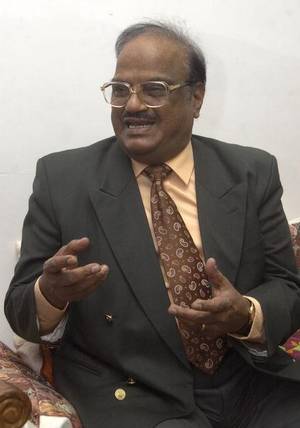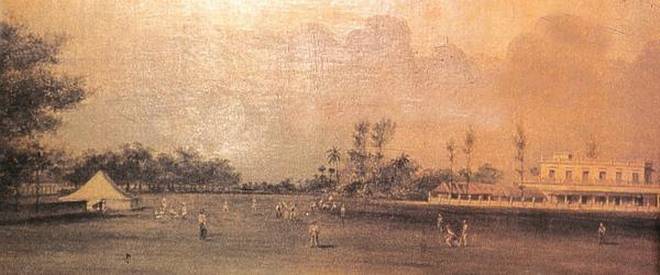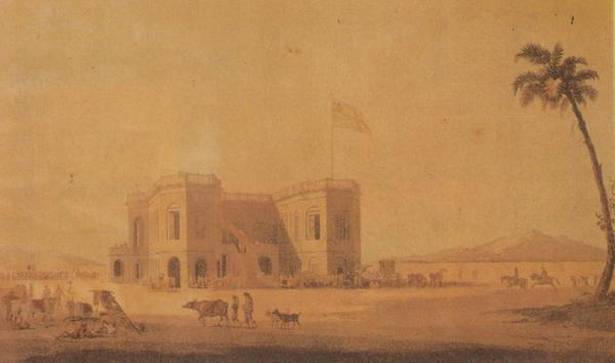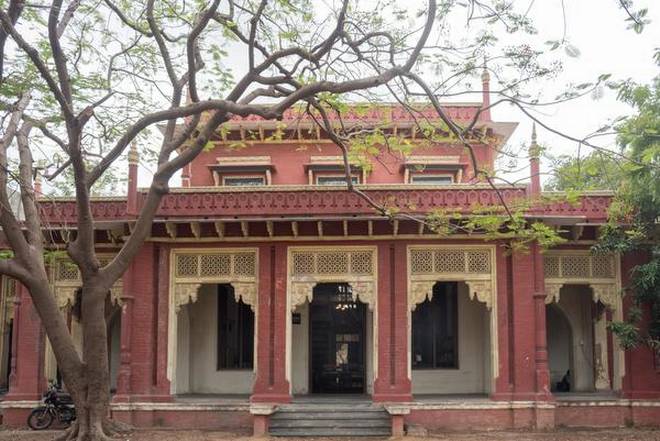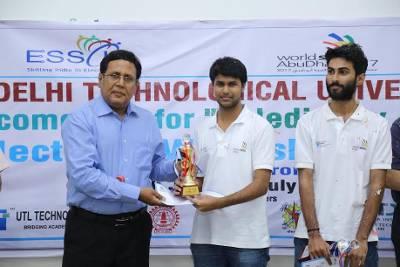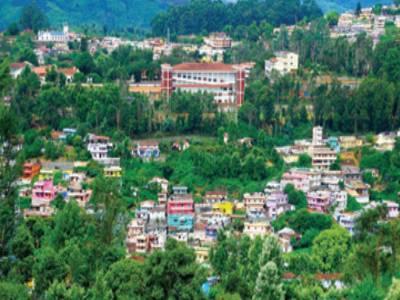
__________________________________
HIGHLIGHTS
___________________________________
About 190 monsoons ago, the Board of Control of East India Company, on the recommendation of governor Sir Thomas Munro, gave its stamp of approval to establish a hill station on the Nilgiris primarily to revitalise sick soldiers. And what is known today as the ‘Queen of Hill Stations’ was established on July 6, 1827.
“The Nilgiri Mountains was in possession of the British since 1800. It was only after collector John Sullivan’s visit to the hills in 1819 that the idea of developing a station on the hills for the sake of sick soldiers came about,” says Venugopal Dharmalingam, director, Nilgiri Documentation Centre (NDC), a trust recording the history of the Nilgiris.A factor that greatly helped this idea was the appointment of Sir Thomas Munro as governor of Madras Presidency . “To learn the tragic irony that Munro met his untimely death on the very day, July 6, 1827, at Pattikonda in Andhra Pradesh, is saddening,” says Dharmalingam.
Records show that it was Sullivan who had laid the groundwork for establishing Ooty. He had made repeated requests to the Madras government from 1820 to set up a hospital in the hills. To convince his superiors, Sullivan created a sense of the English countryside by building colonial-style bungalows, well planned roads, introduced English vegetables, trees and fruits. Till that time sick soldiers and officials had to go to England or Mauritius or Cape Town for rest and recuperation.
“It is interesting to learn that the Board in London could not believe that so near to the Coimbatore was a cold and salubrious place which was the dream of every British suffering in the hot, disease-ridden plains,” says Venugopal, adding it was only in 1826, the recommendation came through when Munro visited Nilgiris and saw for himself what Sullivan had been exalting about.
Munro sent his recommendation in May 1827 to the board stating that though the Nilgiris may not be suitable for setting up a hospital, but officers of the civil and military services could visit the hills on their own for recovery. “To reinforce his proposal, Munro argued that a sum of Rs 170 lakh had been spent in the previous three years to send sick officers to England.”
Stating further the healthfulness of the Nilgiris had not been correctly assessed by the young medical officers, Munro’s recommendations thus go, “It seems therefore advisable that we should station permanently on the Hills a Medical Officer qualified to make the necessary observations on the climate”.
Thus was born the hill station, to heal the sick British soldiers, and which till date has remained one of the most popular retreats for tired souls.
source: http://www.timesofindia.indiatimes.com / The Times of India / News> City News> Chennai News / by Shantha Thiagarajan / TNN / July 13th, 2017
